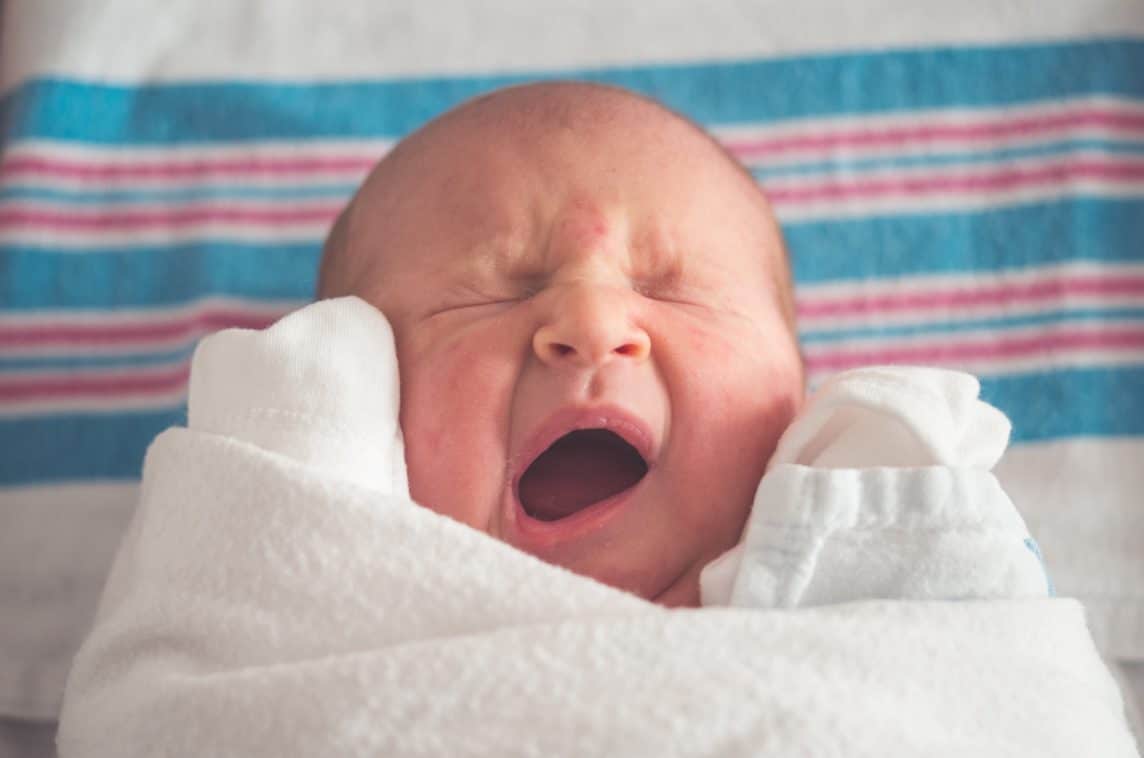A Typical Timeline for Baby Teeth
It’s one of the big milestones in the first year of your baby’s life — that exciting day when their first baby teeth begin to break through! Sometime between the ages of four and seven months (on average), your baby’s first teeth should begin to appear. The first to come through are typically the lower central incisors, familiarly known as a baby’s bottom front teeth.
In this blog post, we will discuss signs that your baby is teething, what the order of teeth will be, how to brush baby teeth, and how to relieve sore gums.
How to Know if Your Baby is Teething
Some common symptoms of baby teething include your baby being especially “drooly” and fussy as their teeth push through their gums, but a few other symptoms and teething behavior can include:
- Gums are sore and red
- Gnawing more than usual
- Being more irritable
- Not sleeping well
- Skin rashes
- Feverish
- Coughing
Baby Teeth Timeline
After the first two lower central incisors come through, the progression loosely follows this order:
- Top central incisors
- Top lateral incisors (next to the two central incisors)
- Bottom lateral incisors
- First top molars
- First bottom molars
- Top canines or cuspids
- Bottom canines or cuspids
- Second top molars
- Second bottom molars
Your baby’s teething timeline may be different than above; that is just an estimate.
How many months can a baby be teething?
By the time your baby is walking and speaking his/her first words (age 2-1/2 – 3 years), he/she should have a full set of 20 baby teeth (also known as primary teeth).
When to Start Brushing Baby Teeth
Once your baby’s first teeth come in, you should start brushing them with a baby toothbrush and toothpaste twice a day.
It is also recommended that you brush your baby’s teeth after they drink milk before they go to bed. Milk contains sugar and should not sit on your baby’s teeth overnight.
Teething Baby Remedies
Babies like to bite down on things when they’re teething because the counter-pressure of biting helps ease gum soreness, so don’t be surprised if you find your little one chewing on his/her crib rail!
Teething Rings
There are any number of teething rings on the market that can be popped into the refrigerator to chill and given to your baby to help ease their sore, irritated gums. Some of them have plastic handles that won’t get cold and will be more comfortable for your baby to hold.
An important note about teething rings: Never put them in the freezer because they become hard and can actually damage your baby’s gums!
Soft Foods
When your baby begins eating baby food, you can chill things like fruits, and give him/her other soft foods such as yogurt, which will feel better on sensitive gums than warm foods will.
Check out our other baby teething remedies article for more remedies and information on when to take your baby to the dentist!
Start Your Baby’s Teeth Journey with Smile Center!
Getting their first few teeth is one of the most exciting milestones of all as you watch your baby develop, grow, and learn each day!
If you’d like to learn about Fredericksburg Smile Center, contact us today! We would love to speak with you.
Published: July 10, 2017. Updated: September 27, 2023




